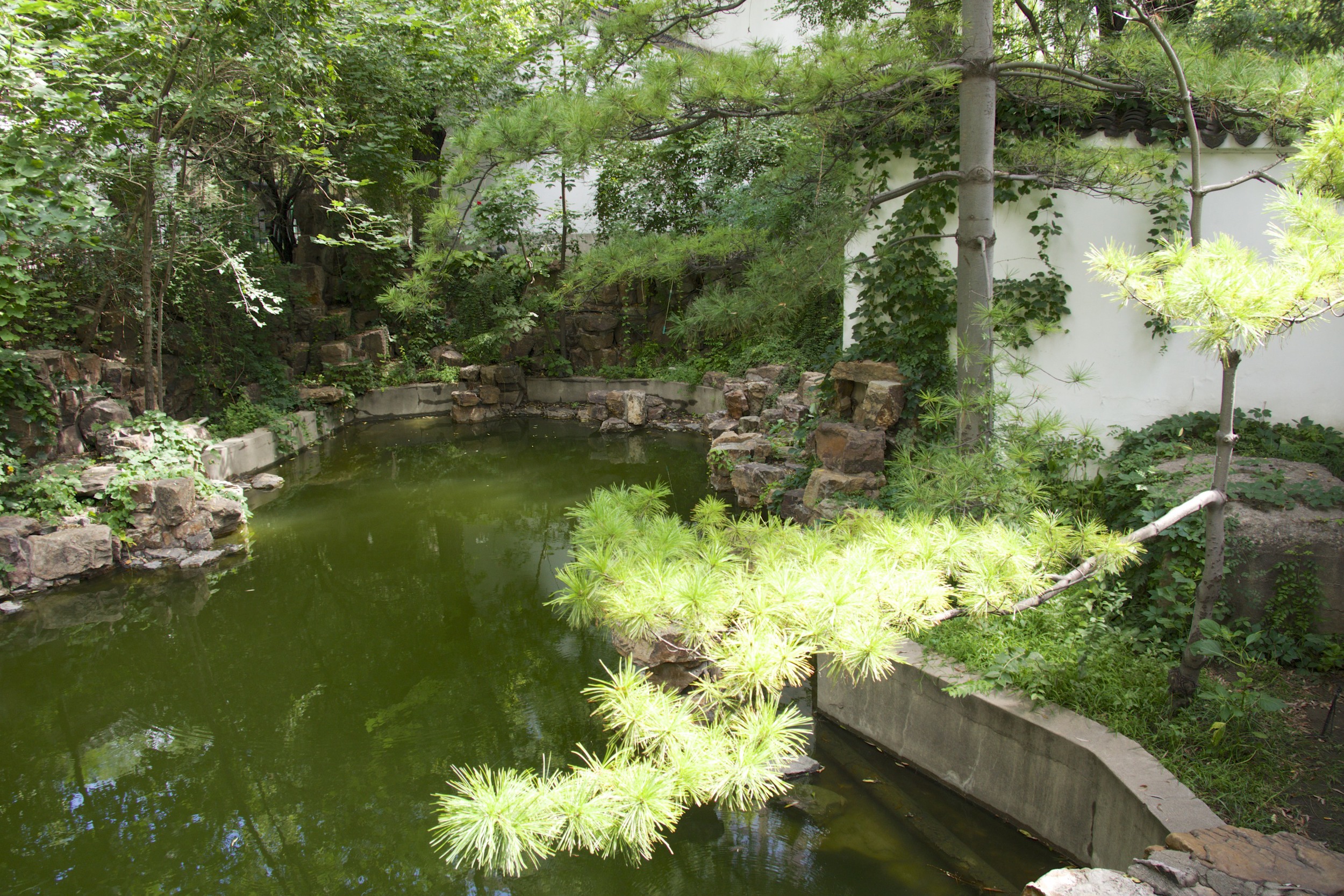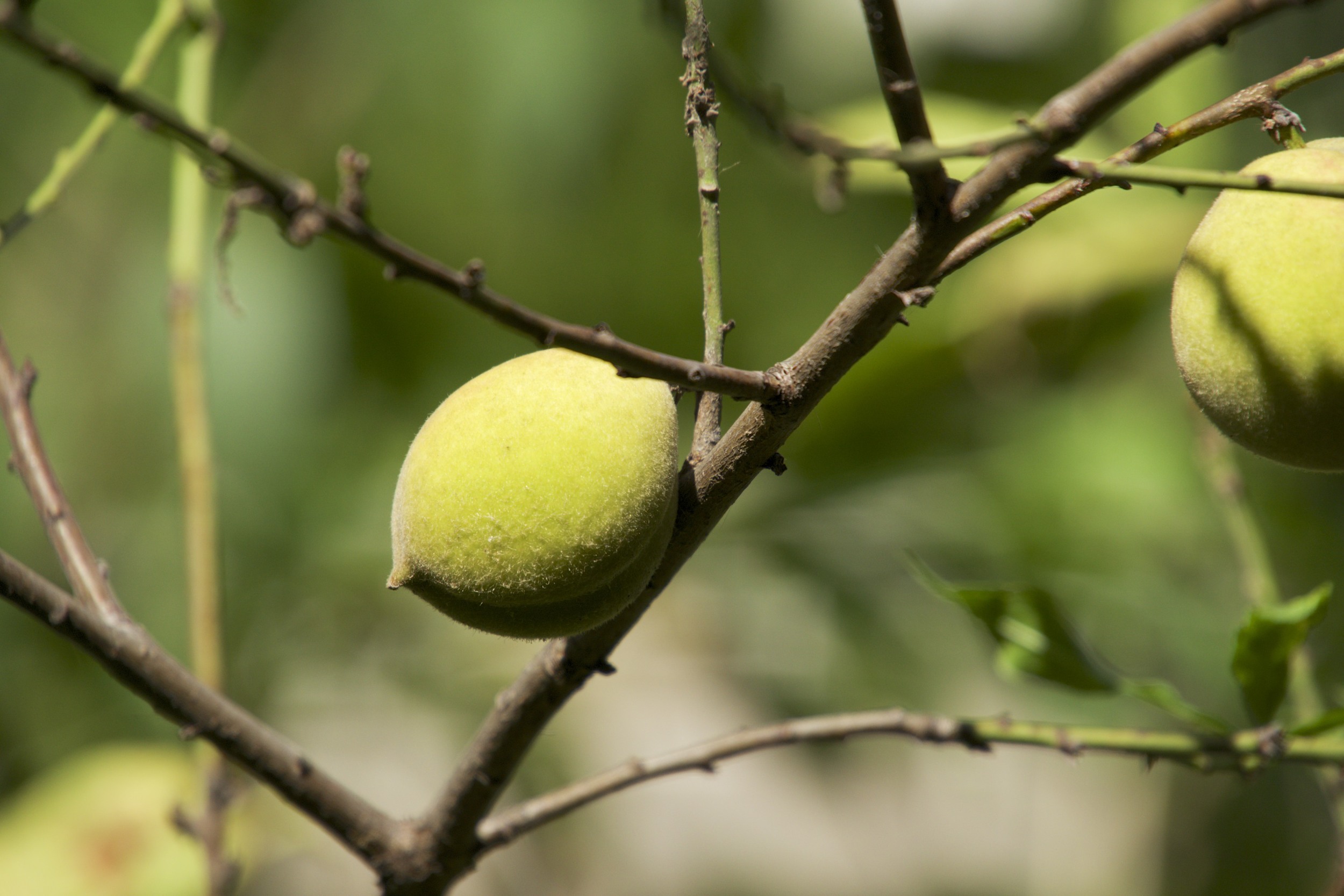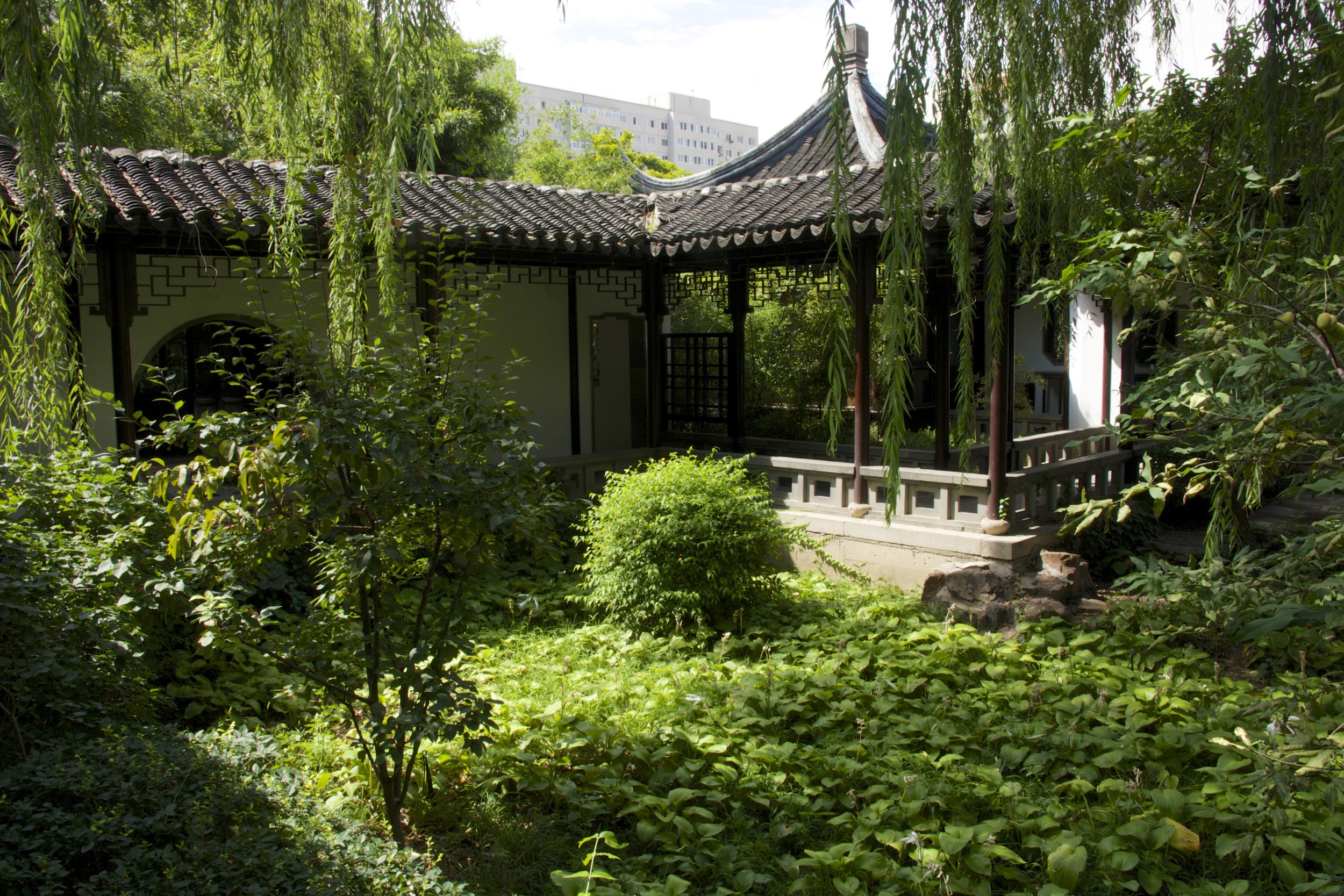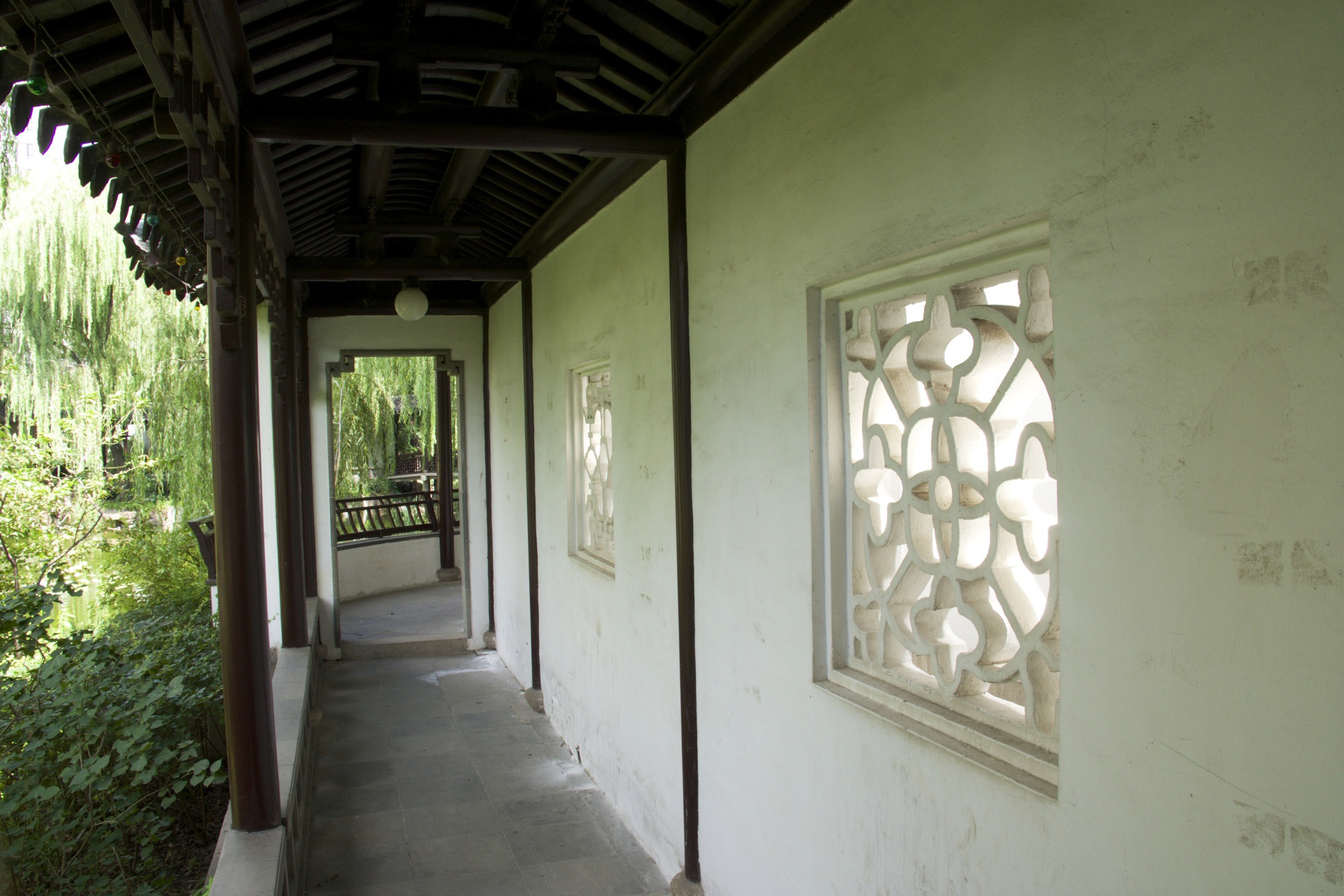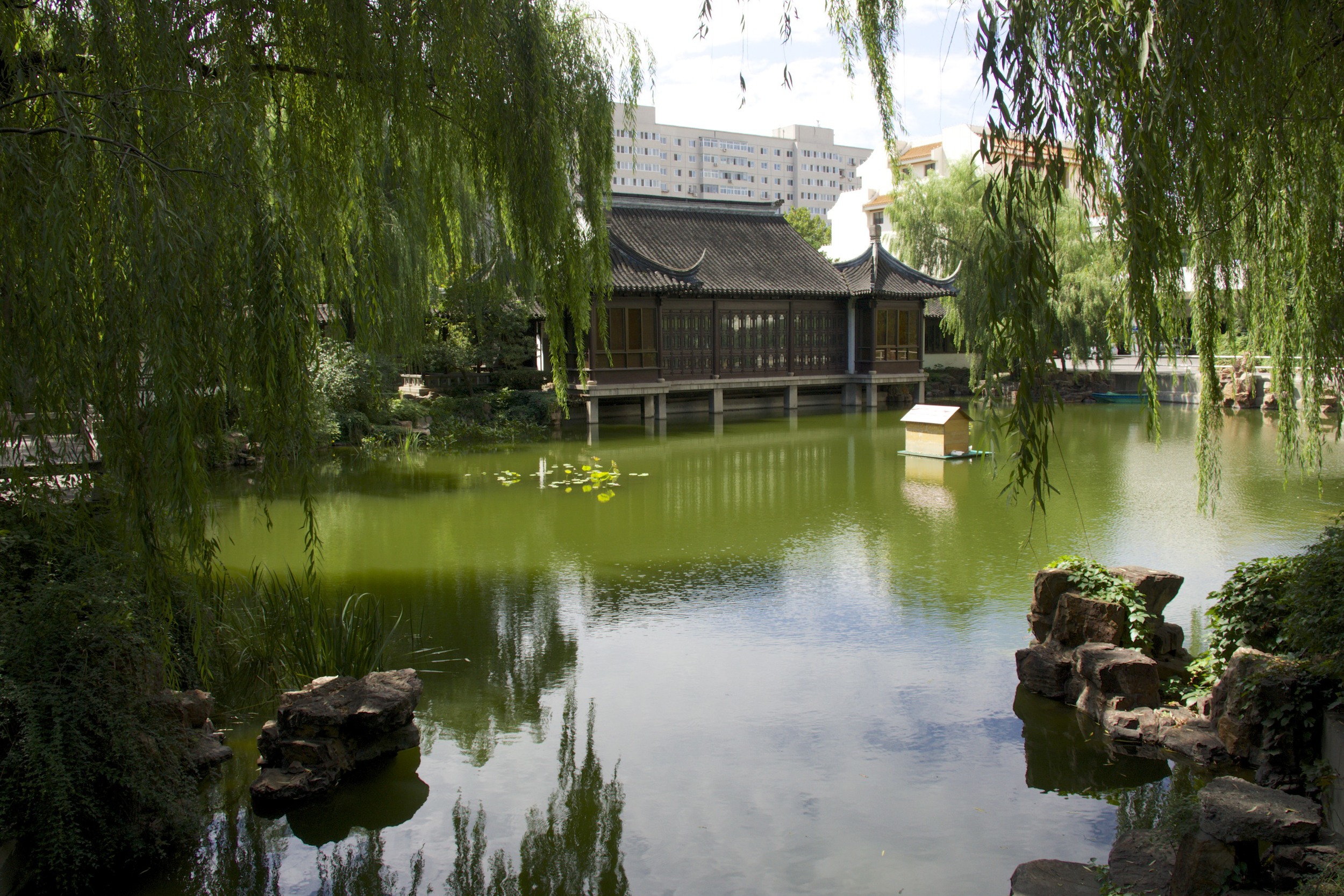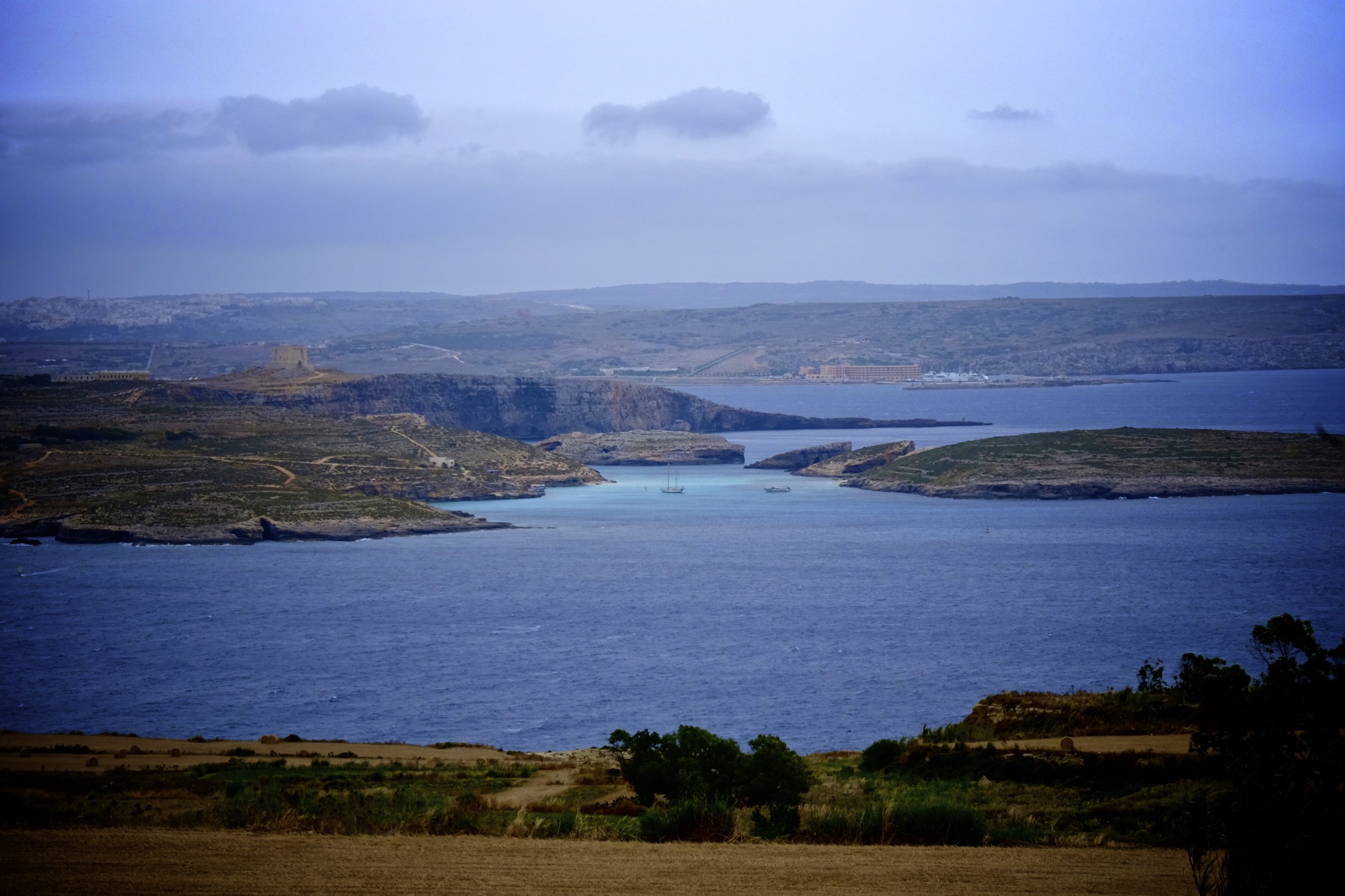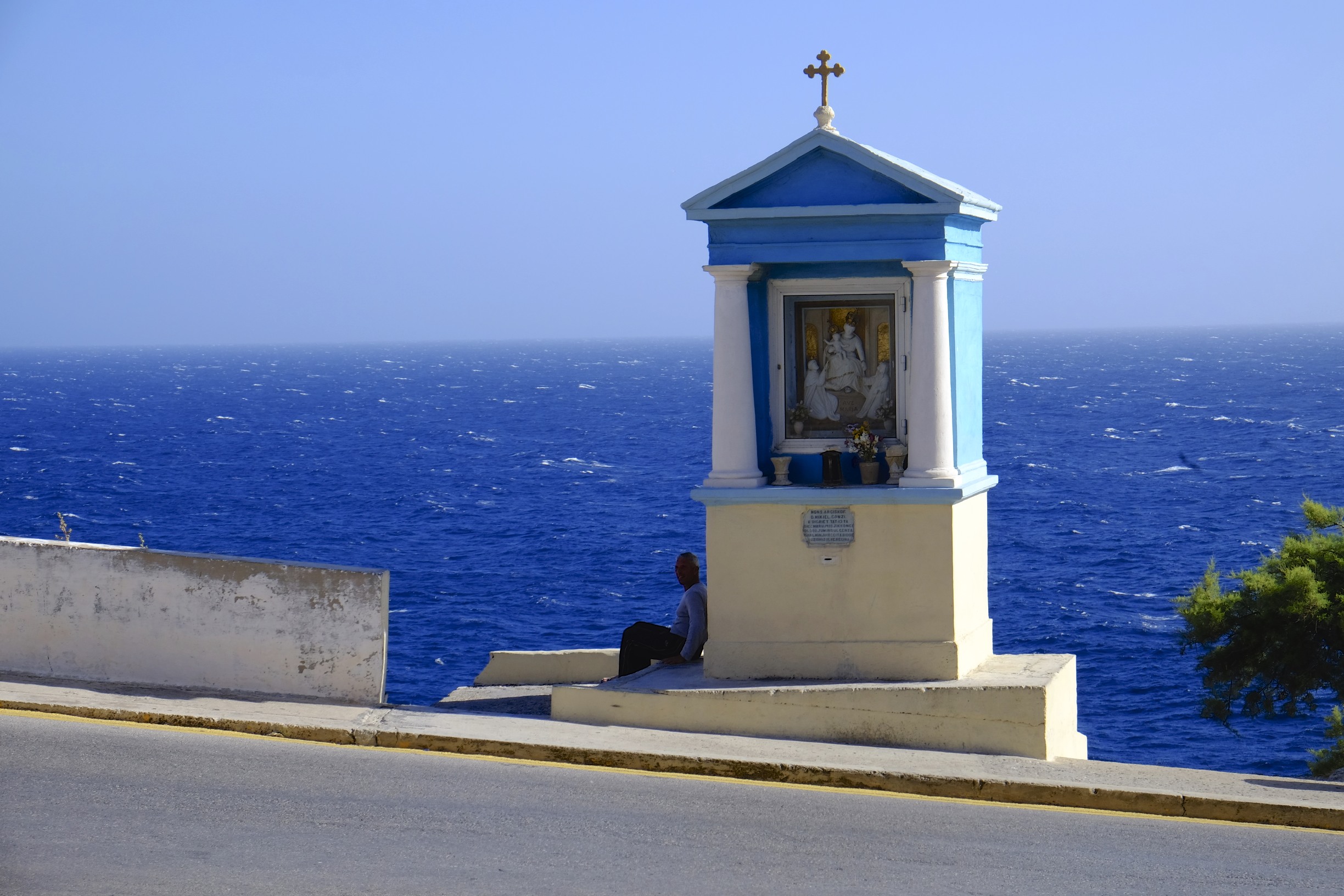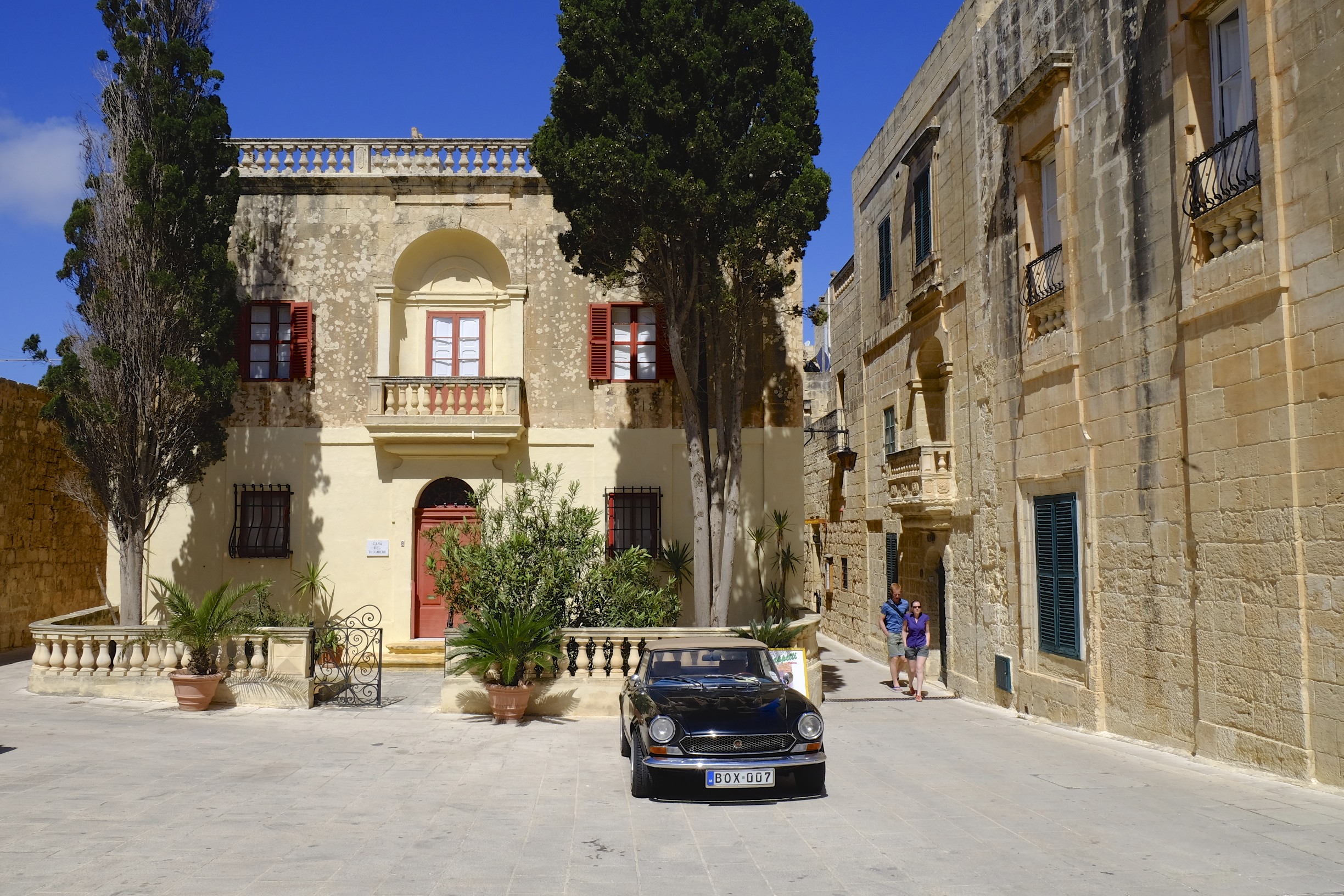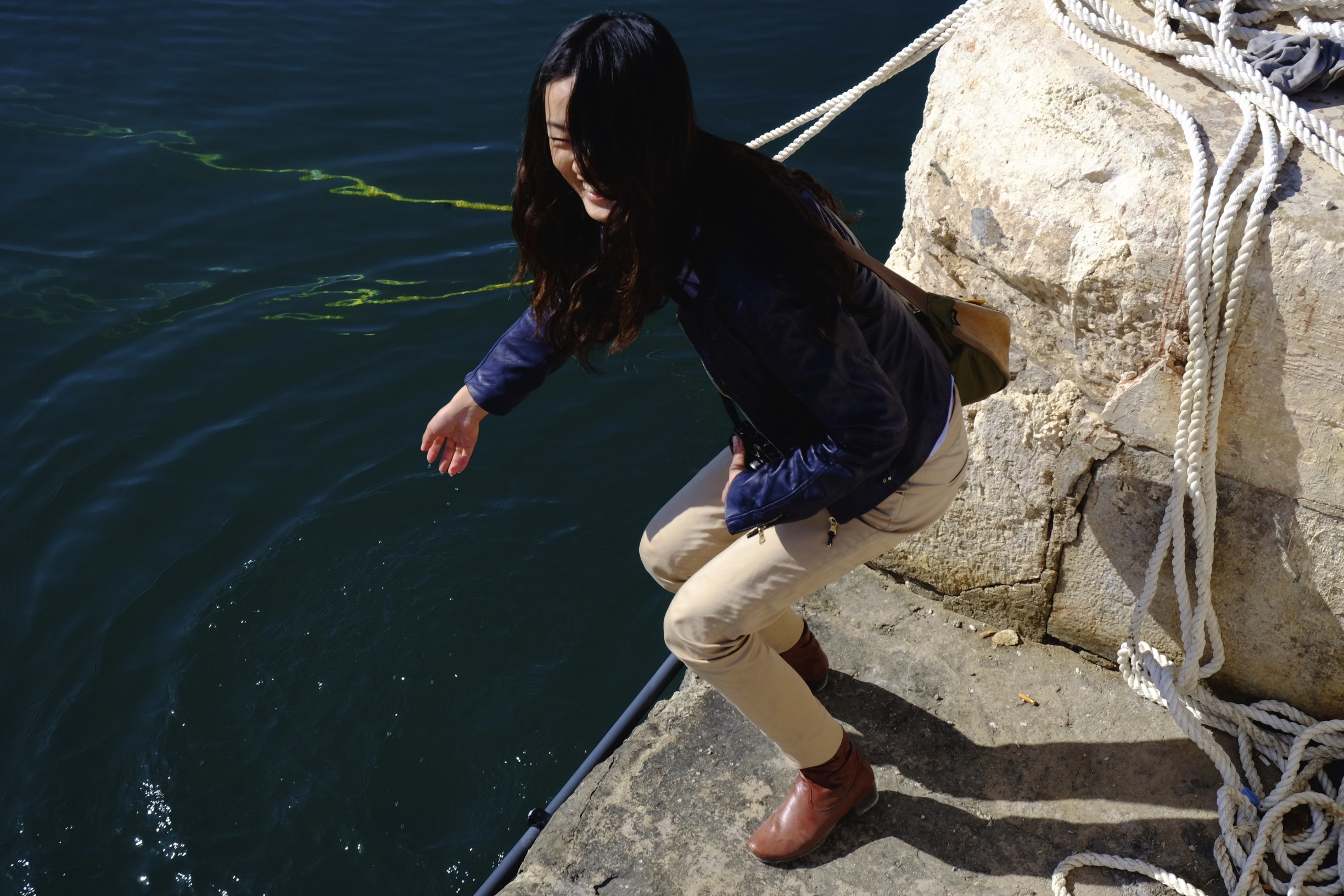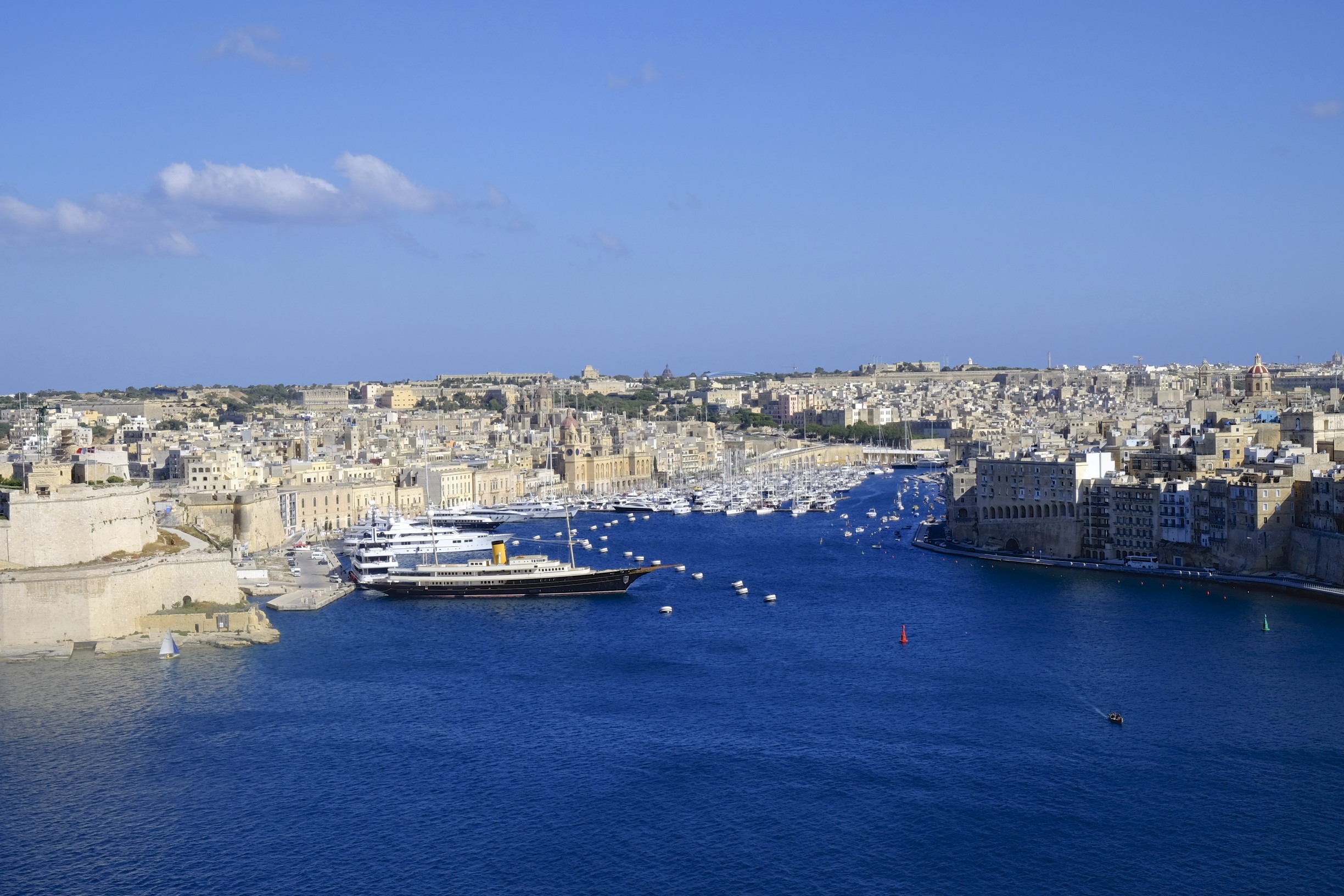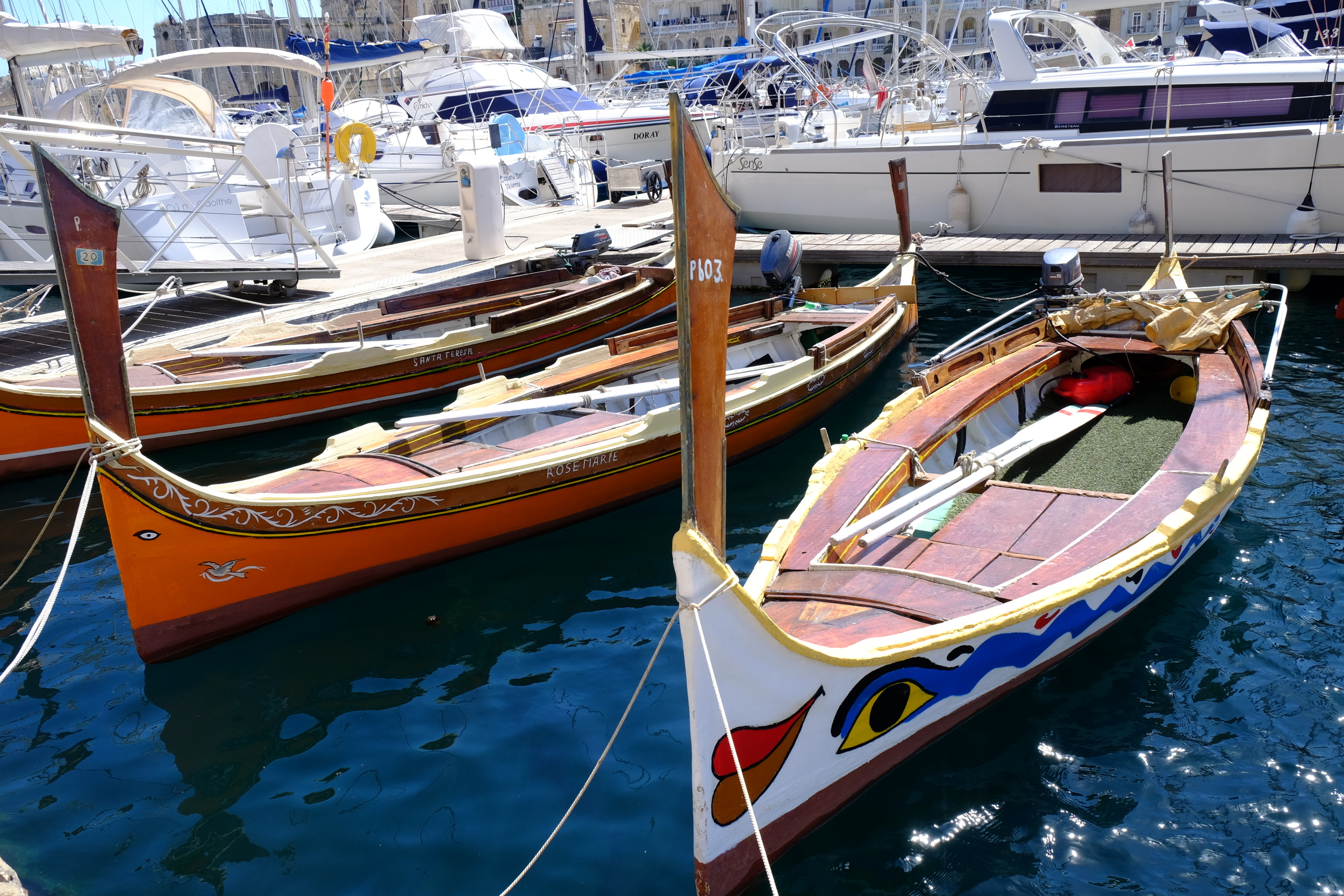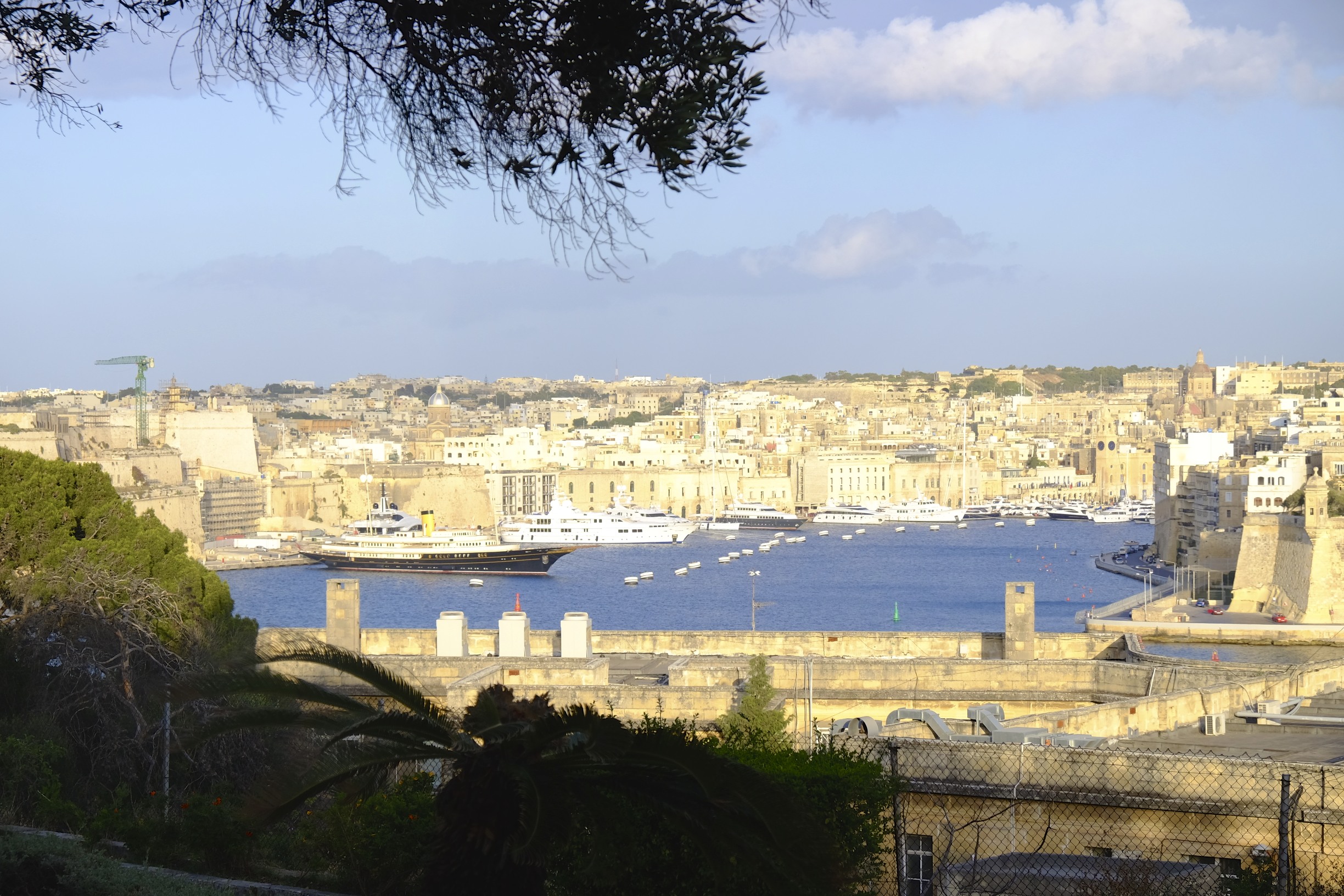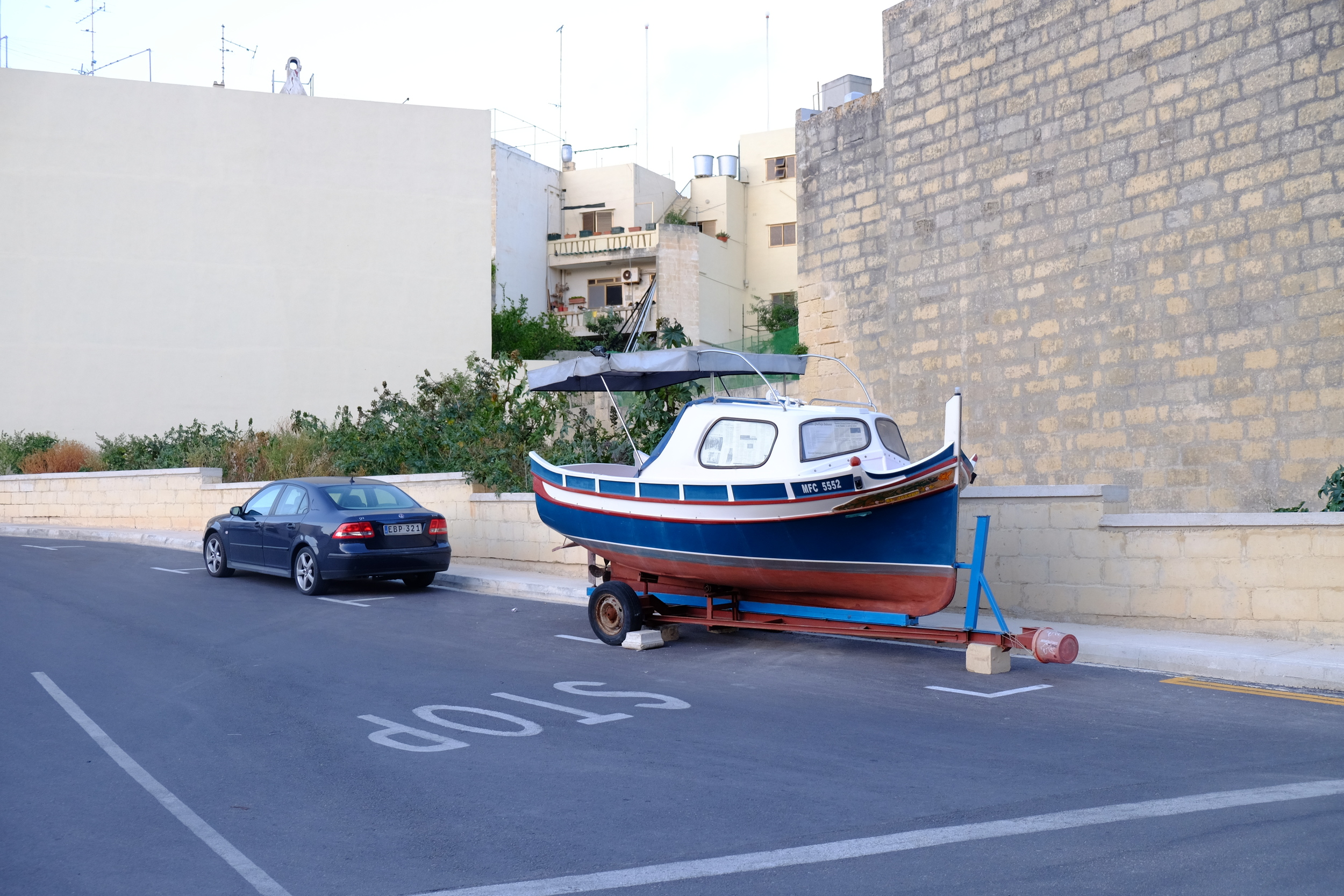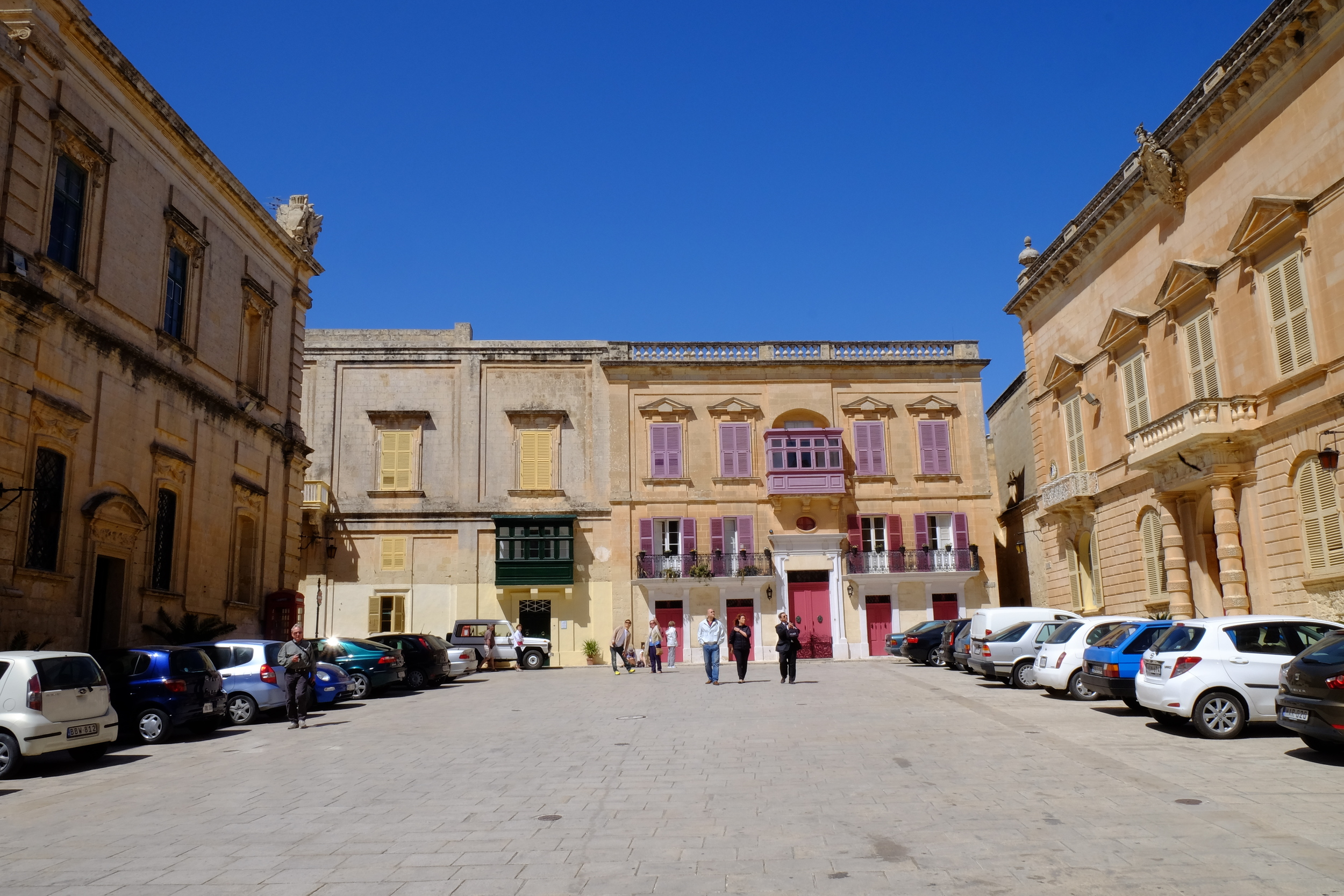When I was a child, anything coming close to Vladivostok, was at the end of the world. Today, I know that the main difference between the far Northern East and the extreme American North, Alaska, is the narration I received. Alaska was told to me by people like Jack London. They were stories of gold rush and adventure. The stories of the far Northern East, were told by my grandfather. They told about displacement, gulag, starvation and insane dictators (responding to our own insane dictator). Last week we flew into Hailar and made it to Shiwei, then up the Chinese-Russian border close to the most Northern Chinese tip. It is a region, which was been signed over by Heilongjiang to Inner Mongolia. It is the end of summer. And it is beautiful.
Inner Mongolian Grassland, North of Hailar (People's Republic of China).
Inner Mongolia is for me the synonym of endless grasslands, but heading North these very soon change into a birch forest vegetation and then into the Greater Khingan Forest. The border to Russia is perhaps the best protection of the Yalu River, as it is fenced by barbed wire and marks the National Border just in the middle of the stream. There is trade of building material, wood and stones between the countries, but not much of an interaction, except the exchange of money against goods part. The few towns are like Jack London's gold digger towns. Just, that there is no gold.
Shiwei centre - A Chinese border city to Russia
Heading for a peak, to get a good view over the forest, suddenly Jack London came much closer than expected. We walked up a steep slope, with bushes to our right. Feibai was sick of the height and was wondering how to get down again. I was wondering what was following us in the cover of the dense forest and saw with suspicion grass pressed down by some really big creatures lingering there. Kind of naively, I asked: "Any wolves reported here?"
Forest view in the most Northern region of China.
It did not take much longer, until I saw who was looking over the hill ahead, ready to block our way: at least two bears. Shit! I have never seen bears in wilderness, and they were obviously more than our size. I wanted to turn back over the rocks, staying at distance of any bush providing them cover. But I was also aware that they would not really need to hide from us two little creatures. I requested Feibai, please to walk like a healthy animal in the eyes of a bear, and I was not sure whether she got the message what that means. At least she was not afraid of the height any more. We still had to cross a dense forest band, back to the "road" and were completely venerable to meeting the bears. There are no firearms allowed in China, so there is no, what so ever, chance to survive the attack of bears. But they did not attack. Don't know, whether is was our "supreme tactics", moving in the forest, or whether we were just really, really lucky.
There is another thing about Mongolia, which I nearly forgot: the Mongolians. They make only about 10% of the local population in Inner Mongolia, and have their own language and writing. They are nice. But actually, everybody up here is nice, no matter which ethnic. When winter drops down to -50 Degrees Celsius and summer is short, you better treat your fellows well.
The far North-East is a "no bullshit country". And there are not many left of it. They had no Jack London, but I think they deserve one. Even there is no gold. There was also not much in Alaska, lets face it.
Mongolian grasslands and swamps.










